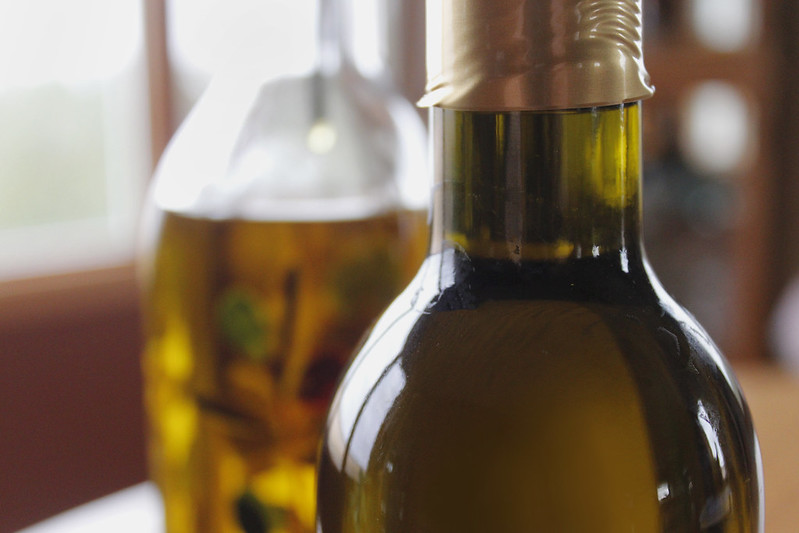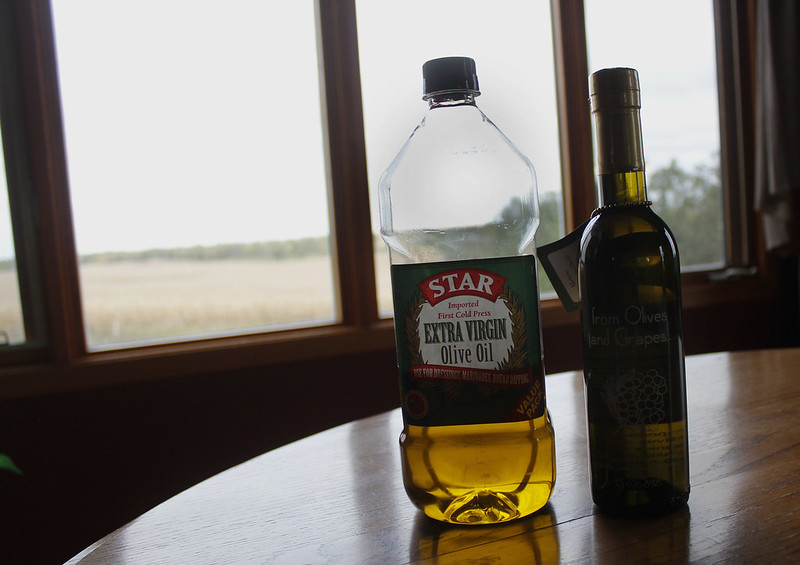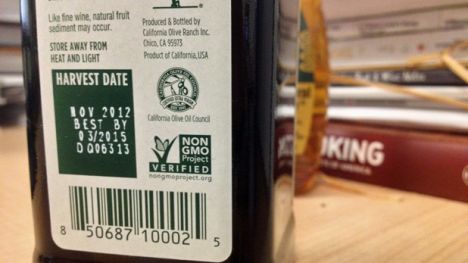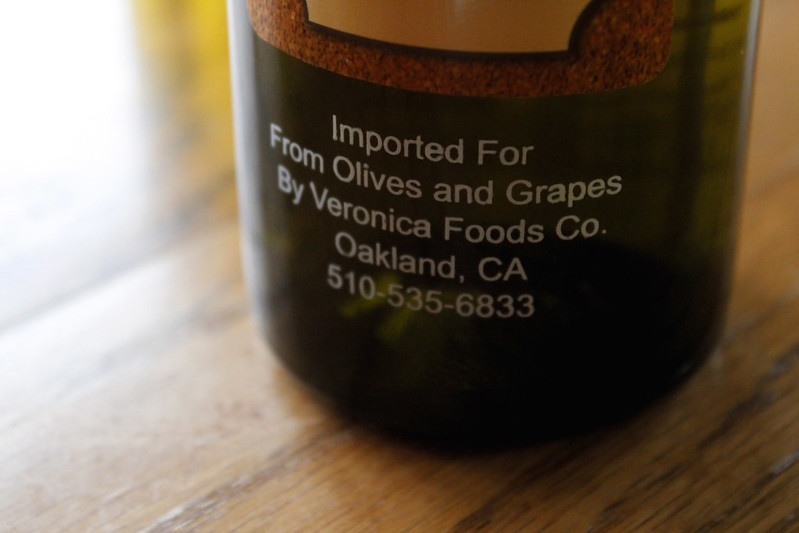For many years, olive oil has maintained a reputation being associated with the habits of healthy eaters. More recently, the general population is becoming olive oil-obsessed, and for good reason. You can do just about anything with it, from drizzling it over a salad to using it to fry up some chicken for those unpredictable cravings.
The majority of olive oil companies advertise this versatile substance as a healthy and flavorful alternative for consumers, particularly because of its “extra virgin” qualities. And if it says it on the bottle, it must be true, right?
Wrong.
There are different levels of virginity that olive oils identify with based on how it was prepared. The level of “extra virgin” is the highest grade of olive oil, and indicates that the oil was made purely with pressed olives, not a trace of additives or chemicals.
Dan Flynn, from the U.C. Olive Center in California, recently joined a group of scientists to conduct virginity tests on several popular brands of extra virgin olive oils. More than half of the tested oils whose companies claimed them to be “extra virgin” not only failed the test, but proved to be tainted with harmful additives such as genetically engineered and industrial oils. On top of that, manufacturers were also using colored dyes as a disguise so the oil would appear as the real thing.
Companies are well aware of how expensive and time consuming it is to produce this kind of oil. So, they whip up a phony batch, slap a label on it and watch the money fly in with hopes that nobody will know the difference.
But, that doesn’t mean you should avoid olive oil altogether. Thankfully, there are still companies out there who openly produce the real deal. You just have to know what to look for at the grocery store.
Avoid clear bottles. Clear bottles allow light to pass through, which alters the composition of the oil and deteriorates it. True extra virgin olive oil is bottled in a dark glass bottle to prevent this from happening.
Look for a harvest date on the bottle. This indicates how fresh the oil is. Use the oil within one year of the harvest date for full flavor.
Don’t be fooled by pretty labels. Resist the pretty colors. The oil can still be tainted with oils from other countries that are mixed with additives. Look on the back for a specific mark/label from a mill/orchard for verification.





